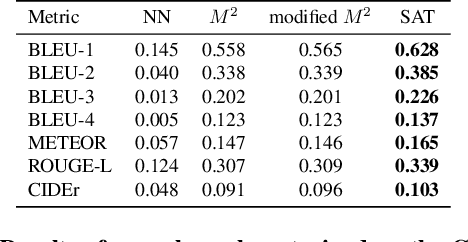It is Okay to Not Be Okay: Overcoming Emotional Bias in Affective Image Captioning by Contrastive Data Collection
Paper and Code
Apr 15, 2022



Datasets that capture the connection between vision, language, and affection are limited, causing a lack of understanding of the emotional aspect of human intelligence. As a step in this direction, the ArtEmis dataset was recently introduced as a large-scale dataset of emotional reactions to images along with language explanations of these chosen emotions. We observed a significant emotional bias towards instance-rich emotions, making trained neural speakers less accurate in describing under-represented emotions. We show that collecting new data, in the same way, is not effective in mitigating this emotional bias. To remedy this problem, we propose a contrastive data collection approach to balance ArtEmis with a new complementary dataset such that a pair of similar images have contrasting emotions (one positive and one negative). We collected 260,533 instances using the proposed method, we combine them with ArtEmis, creating a second iteration of the dataset. The new combined dataset, dubbed ArtEmis v2.0, has a balanced distribution of emotions with explanations revealing more fine details in the associated painting. Our experiments show that neural speakers trained on the new dataset improve CIDEr and METEOR evaluation metrics by 20% and 7%, respectively, compared to the biased dataset. Finally, we also show that the performance per emotion of neural speakers is improved across all the emotion categories, significantly on under-represented emotions. The collected dataset and code are available at https://artemisdataset-v2.org.
 Add to Chrome
Add to Chrome Add to Firefox
Add to Firefox Add to Edge
Add to Edge